Utility solutions for every project phase
With over three decades of industry experience and an extensive range of state-of-the-art equipment, our thorough studies ensure there’s no surprises during construction.
Utility Locating
Safe Site uses state-of-the-art technologies to locate underground utilities and other obstructions. This includes private owned utilities, not covered by 811, and public utilities for design mapping purposes.
Vacuum Excavation
Non-destructive excavation to safely expose utilities, perform trenching or excavate pole foundation holes in congested or hard to reach locations.
Utility Mapping
Accurately mapping utility locations providing a permanent record or updating as-built information. Deliverables can be provided in multiple formats including CAD, KML, vector and PDF.
GPR Scanning
Ground Penetrating Radar in addition to traditional electromagnetic (EM) locating to find plastic lines, tanks, concrete structures, buried manholes and more.
SUE Services
Safe Site offers full Subsurface Utility Engineering services including records research, designating, mapping and utility potholing for positive identification, documentation and survey, all reviewed by our Professional Engineering (PE) staff.
Pipe Jetting
Jet cleaning of sewer and storm lines to solve flow issues or in preparation for our Video Inspection services.
Pipeline Inspection
Robotic CCTV Video Cameras for sewer, storm and conduit locating, mapping and inspection including lateral launch capability for locating and inspecting service laterals. (Cross Bore Mitigation)
Concrete Scanning
Advance GPR technology to identify rebar, post-tension cables, conduits and other embedded objects prior to coring or cutting concrete structures.
Markets Served
- Industrial
- Residential
- Commercial
- Healthcare
- Heavy Civil
- Education
- Manufacturing
- Public Infrastructure
- Energy
Your Trusted Experts
Our industry experience makes us the choice partner for your utility locating needs.








